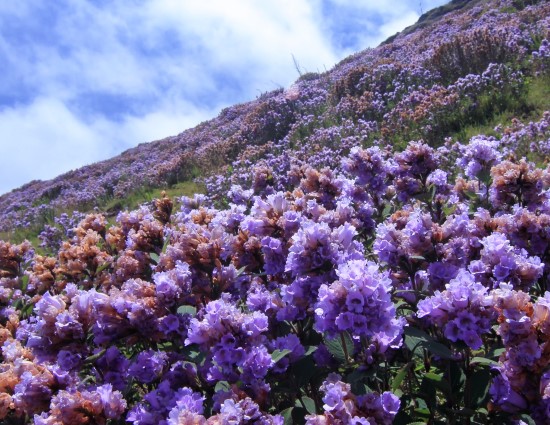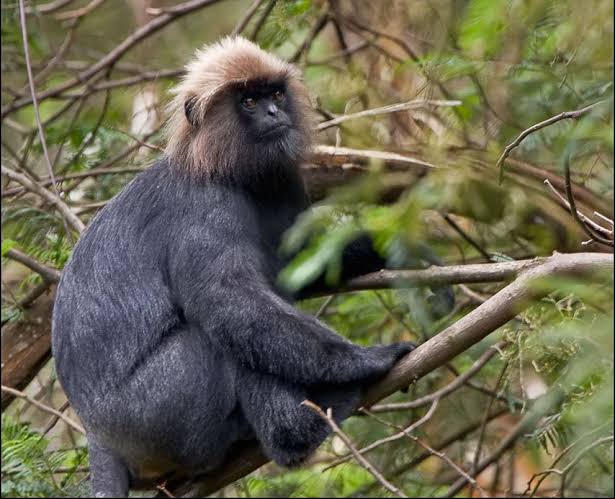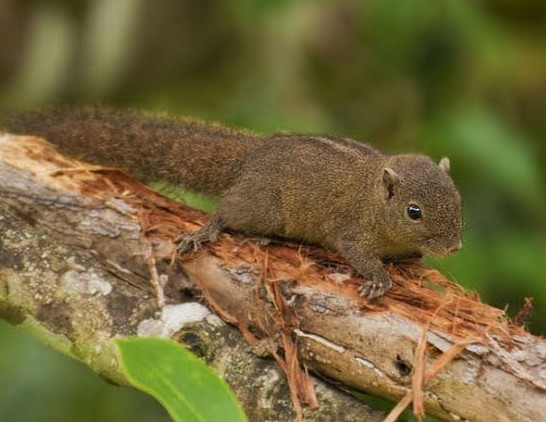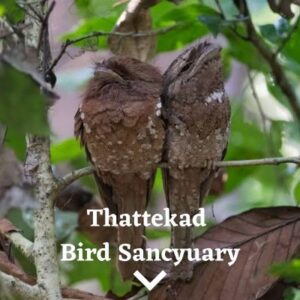Eravikulam National Park, also known as Rajamalai is located at a distance of 13 kms from Munnar town. The park spread over an area of 97 sq kms is a sanctuary for Nilgiri Tahr (Nilgiritragus hylocrius), an endangered mountain goat species. Rajamalai was managed as a game reserve by Kannan Devan Hills Produce Company till 1971 when the Kerala goverment took control.
In 1975 the area was declared a sanctuary with the aim of protecting the shrinking population of highly endangered Nilgiri Tahr. Later in 1978 it was declared a National Park considering the areas ecological and zoological diversities. Situated between 10º05’N and 10º20′ north, and 77º0′ and 77º10′ east , Eravikulam is Kerala’s first national park.

The regions topography mainly consists of high altitude rolling grass lands and patches of shola forests. Many small streams criss-cross the park which merge to form tributaries to the Periyar river in the west and to the Cauvery River in the east.Anaimudi, the highest peak in South India with an elevation of 2695 meters is located near the park.
Eravikulam National Park is a birding hot spot for many high altitude grassland and shola forest birds. It is also popular for the Neelakurinji (Strobilanthus kunthianus) a plant that flowers only in 12 years. .
Timing – 8:00 am to 2:00 pm.
Entry fee-
Indian Nationals – 200/-, Kids -150/-,Foreign Nationals – 500/-, Still Camera – 50/-, Video Camera – 350/-
Advance Reservation fee- Rs 50/- (Reservation counter 9 am – 3 pm at Information centre, Munnar)
The tourism zone will be closed in Feb – March every year during the calving season of Nilgiri Tahr

The Nilgiri tahr (Nilgiritragus hylocrius), endemic to Nilgiri hills and southern parts of Western and Eastern Ghats is the only species in the genus Niligiritragus and is closely related to the sheep family.
Nilgiri Tahr can only be found only in the southern parts of Indian peninsula where they inhibits the high altitude montane grasslands above 1200 meters.
Males are larger than females and of darker color with longer horns. Adult males weigh around 80 to 100 kg, standing 100 cm tall. By the end of 20th centuary, the population of wild Nilgiri Tahr was critically endangered. Since then their numbers have increased steadily due to conservation activities. Eravikulam national park is home to the largest population of Nilgiri Tahr.

Neelakurinji (Strobilanthes kunthiana) is a shrub of bear’s breeches family, found in the Western Ghats. Known as Neelakurnji in Malayalam and Tamil and Gurige in Kannada, these flowering plants are found in high altitude montane forests of Kerala, Karnataka and Tamil Nadu between 1300 to 2400 meters altitude.
Kurinji plants usually grow up to 60 cms in height, blooms only once in 12 years. Kurinji once used to cover a large portion ofAnaimalai Hills, Nilgiri hills, Palani hills , but most of them were destroyed for plantations and human settlements. Kurinjimala Sanctuary was set up in Idukki district of Kerala with an area of32 sq.kms to protect this purple beauty.

Nilgiri Langur (Semnopithecus johnii) is also known as black leaf monkey or Indian hooded leaf monkey. Nilgiri langurs are endemic to high altitude forests of southern parts of Western Ghats. Here they inhibits evergreen, semi-evergreen, moist deciduous and Shola forests. These primates are fairly shy and prefer to live away from human settlements.
Nilgiri langurs are primarily folivorous, with a diet consisting of leaves mainly. Their diet may also include flowers, seeds, mushrooms and even insects, depending on available food sources in their habitat. Nilgiri langurs are active during daytime as they are diurnal.

Nilgiri striped squirrel (Funambulus sublineatus) is a small squirrel endemic to the southern parts of Western Ghats. These threatened rodents are found in evergreen woodlands and high altitude sholas.
Earlier this species was considered as a subspecies of Funambulus obscurus found in Srilanka and were collectively referred to as dusky stiped squirrels. A study in 2012 found that these two species are highly distinct and later they were recognized as F.sublineatus and F.obscurus. Diurnal in nature, habitat loss and deforestation remains a threat to them.



